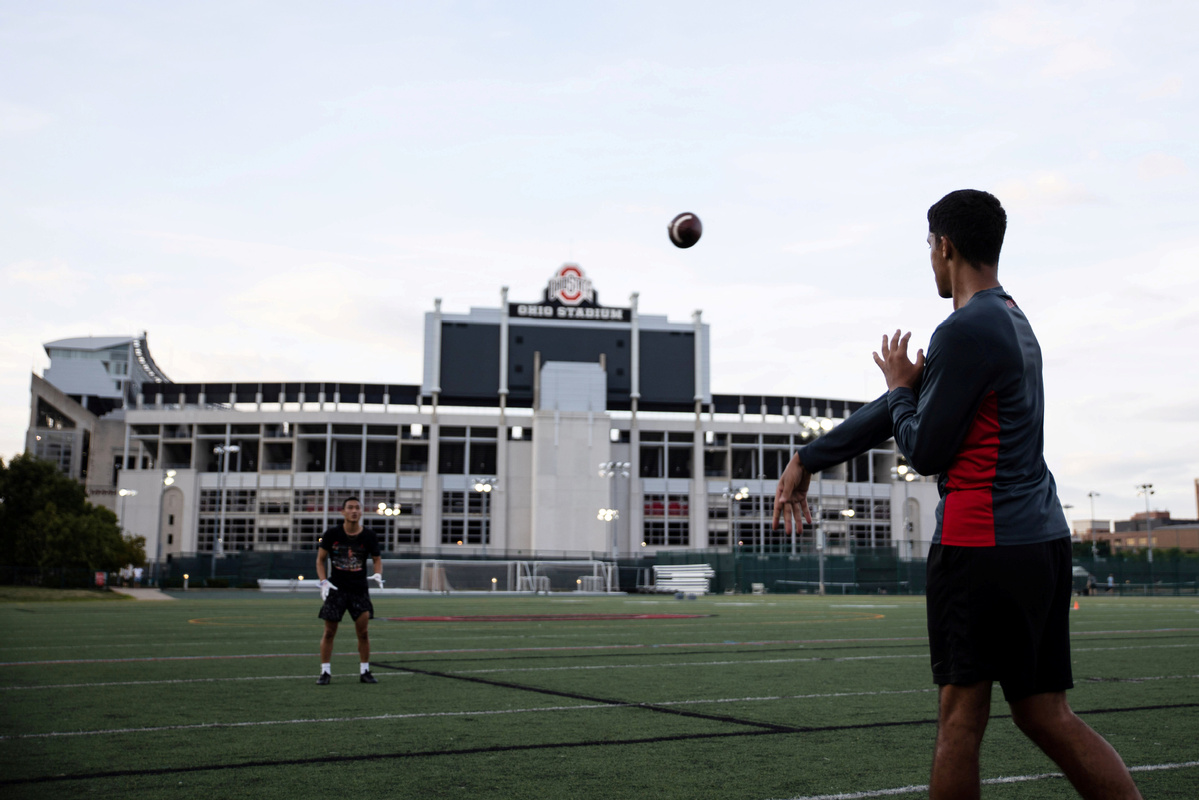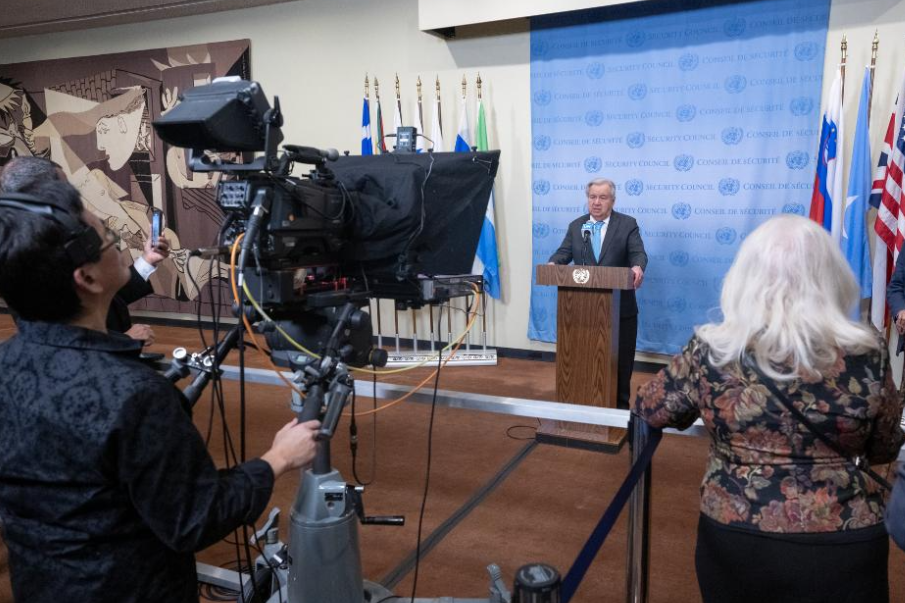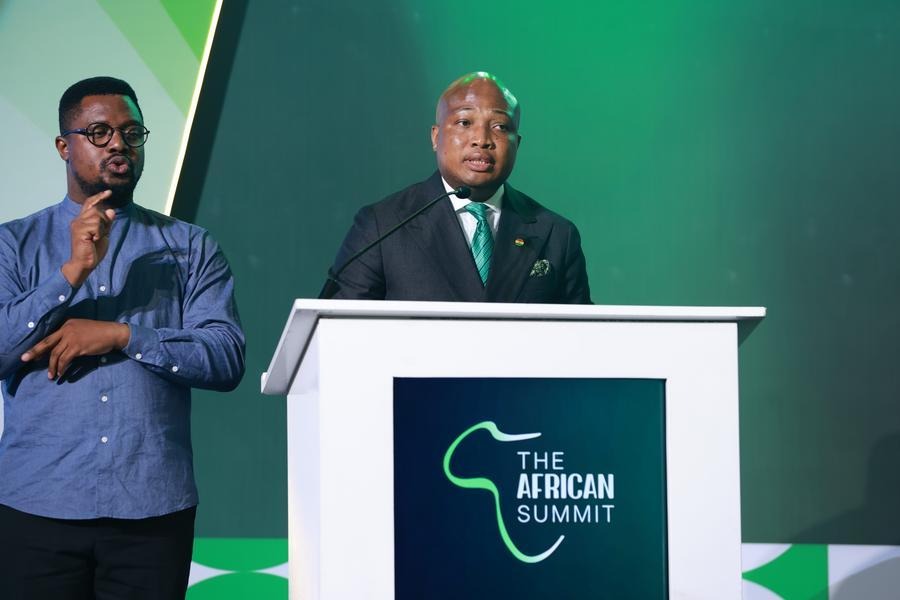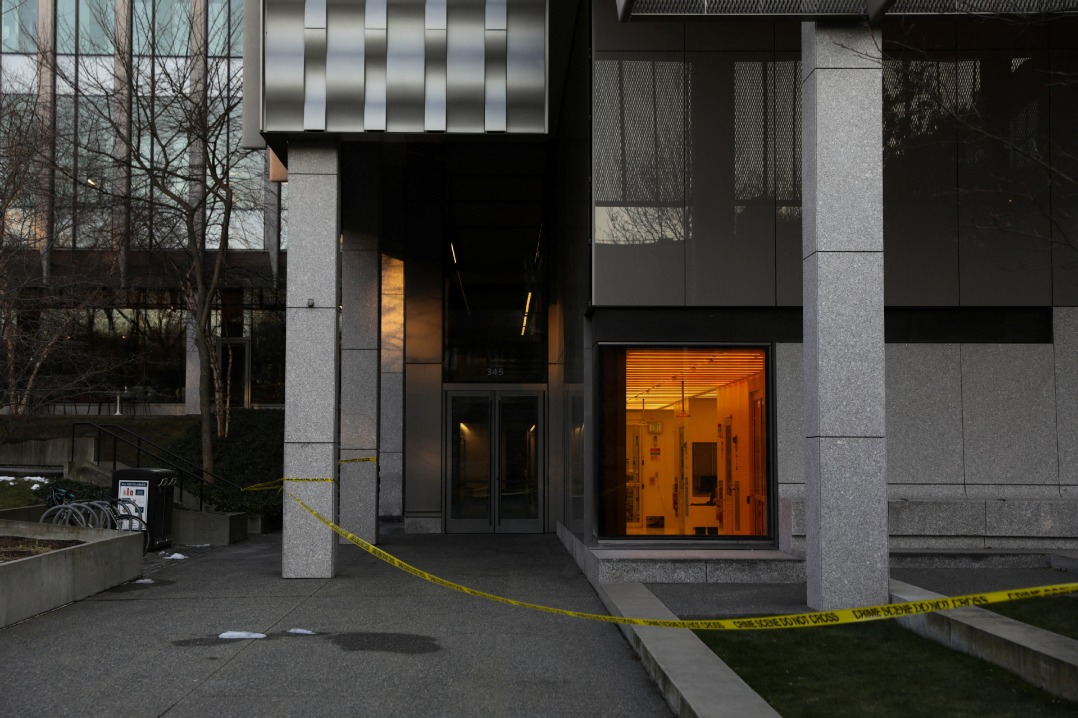College sport now facing toughest opponent


Two world wars and a global pandemic in 1918 could not stop college football in the United States from being played. Then the coronavirus came along.
Two of the sport's major conferences-the Midwest-centered Big Ten and the West Coast-bred Pac-12-decided on Tuesday to cancel their football seasons over health and safety concerns related to the COVID-19 pandemic while keeping open the prospect of playing in the spring semester.
But the three other conferences that make up the Power 5-the Southeastern Conference (SEC), the Atlantic Coast Conference (ACC) and the Big 12-are holding the line on playing this fall.
"Reasonable people can disagree on it, and the Pac-12 and the Big Ten are seeing much of the same information that we're seeing," Bob Bowlsby, the Big 12 commissioner, said on Wednesday. "But our board believes in our scientists and has come to a conclusion that's different, and so have the leadership of the SEC and the ACC."
College football is a hero when it comes to contributing to the US GDP. The major athletic conferences rake in massive sums from television contracts, while an economic stream flows from the gridirons through the college towns across the country that host games.
$2.7 billion a year
According to a 2019 article on forbes.com, the 25 most valuable college football programs in the US averaged $2.7 billion a year in annual revenue for what is ostensibly an amateur sport.
Fox, owned by News Corp, and Disney's ESPN have multiyear TV rights for Big Ten and Pac-12 football games, for which they paid a total of $5.6 billion, according to The Wall Street Journal.
Last season, college football brought in nearly $1.7 billion in TV ad spending, according to research firm Kantar.
The fight to save the season naturally has played out on social media.
A group of prominent players, led by Clemson University quarterback Trevor Lawrence, started a viral hash tag last weekend on Twitter called #WeWantToPlay.
US President Donald Trump tweeted "Play College Football!" on Monday. At a news conference on Wednesday, Trump said that players' health would be better protected on a football field than in the outside world. He also spoke by phone with Lawrence and Louisiana State University coach Ed Orgeron, supporting their desire to play.

































